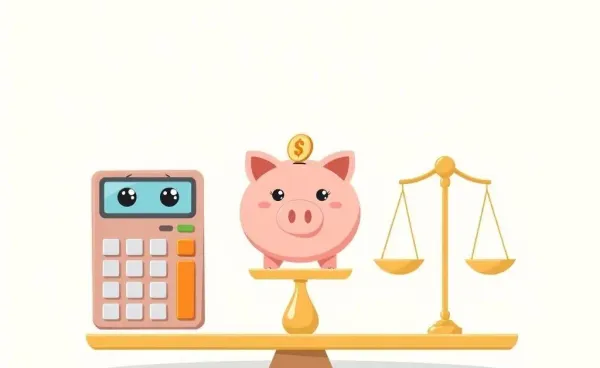Understanding Withholding Tax on Interest: A Friendly Guide
Learn how withholding tax on interest affects your savings and investments.

Have you ever opened up a bank statement only to wonder why your interest earned didn’t match your expectations? It’s likely due to withholding tax on interest, and understanding this concept is crucial for smarter financial planning.
What is Withholding Tax on Interest?
Simply put, withholding tax on interest is the amount withheld by financial institutions like banks from the interest they pay you on savings accounts or investments.
Why Do Banks Withhold Taxes?
Picture this: your friend Mike is always upfront about everything. He saves you time by telling you the truth right away. Banks do the same. By withholding tax at the source, they ensure that tax compliance is maintained without hassle later.
- Helps the government ensure tax compliance
- Simplifies the process of reporting for banks and individuals
- Avoids larger payments during tax seasons
How Does it Affect Your Savings?
Imagine planting a tree, knowing a part of the fruit will be taken even before you taste it. That’s how it feels with withholding tax. It reduces your take-home interest.
For example, if the withholding tax rate is 20% and you earn $100 in interest, $20 is withheld, and you receive $80.
Is There a Way Around It?
Whether you can be exempt depends on various factors, like your residency status and income levels. Some countries offer tax credits or exemptions, which means exploring official tax resources can be worthwhile.
Final Thoughts
Understanding withholding tax on interest helps in aligning your financial expectations with reality. Just like managing other parts of life effectively, knowing about this ensures you are not caught off guard.
Have you been surprised by withholding tax before? What strategies did you find useful to navigate it?




